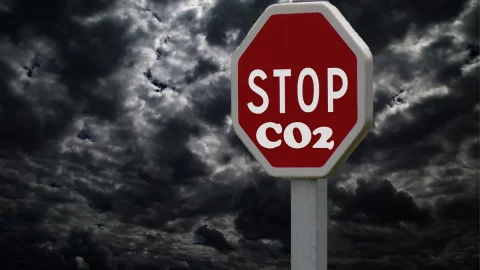“O'zapft is!” in German it means “to pin!” and it is the sentence with which theMunich Oktoberfest, Saturday 21 September at noon sharp. This year's beer event par excellence will draw particularly strongly: despite this the price of the queen drink has increased by 36 cents per litre (+3,2% for an average of 11,6 euros per litre) and the Wiesn Visitor Price Index (i.e. the average shopping package per tourist, considering the consumption of two liters of beer, half a rotisserie chicken and two public transport), calculated by Unicredit, shows a further growth of 2,7%, which must be added to the +3,3% already recorded in 2018 compared to 2017.
Unicredit has dedicated an entire study to the inflationary phenomenon linked to the Bavarian event, published today, entitled “Oktoberfest 2019: a new liquidity record?”. Specifically, it emerges that although the price of public transport tickets has remained unchanged, that of chicken and beer has increased by 3,2% compared to last year. It can therefore be deduced that, in 2019, beer inflation follows a much faster pace than consumer price inflation in Germany, which instead remained well below 2%.
The decline in younger visitors
However, the price increase does not seem to discourage visitors to the Oktoberfest: "Overall, the price increase does not seem to affect visitors' consumption of beer," explains Thomas Strobel, Unicredit economist who authored the analysis. “After the surprising decline in beer consumption in 2013, the growth trend we have observed since the mid-90s has continued in 2018”. One possible explanation is that Oktoberfest beer represents what is called a “Giffen good”. According to this theory, when the price of a Giffen good increases, the consumption of expensive substitute products becomes less convenient, especially when the availability of alternative goods is scarce, as in this case.
Another explanation for the conundrum may relate to the changing demographic structure of Oktoberfest visitors. Between 2000 and 2014, the number of Oktoberfest visitors under the age of 30 dropped by 17 percentage points, while share of visitors over 30 increased by 43%. Since older visitors generally have more money, they can afford the annual increase in beer prices at the Oktoberfest more easily.
Oktoberfest beer? More expensive for Brazilians, cheaper for Americans and Australians
The Oktoberfest, whose origins date back to 1810, continues to enjoy incredible international popularity. Foreign visitors make up 14% of total attendees. By comparing the prices of the Oktoberfest with those of a liter of beer in the countries of origin of the visitors, it is clear that Italians, Brazilians and Austrians spend more per beer at Oktoberfest than they would in their own countries.
Also, in relative terms, Oktoberfest is more expensive for Brazilians, who pay 81% more than the cost of a liter of beer in their own country. In contrast, Oktoberfest visitors from the USA and Australia spend about 20% off each beer. Assuming the weather is good, current geopolitical uncertainties or price developments are unlikely to prevent the achievement of a new high.





